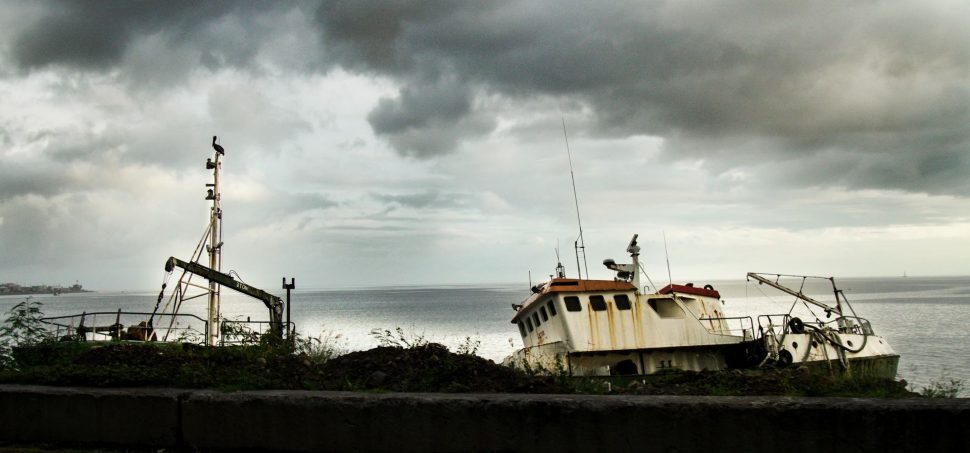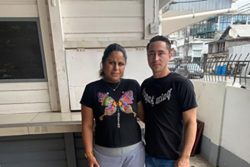(Trinidad Guardian) The hurricane forecast for 2019 is just as bad as the forecast of 2018 and with nine to 15 named storms expected to form in the Atlantic this year, officials from the Commonwealth of Dominica wants the rest of the Caribbean to prepare.
Guardian Media visited the island last week and marvelled at how Dominica has managed to bounce back from extensive devastation of Hurricane Maria which ravaged the island in September 2017, killing 65 people.
Many of the bodies were never found and some of the homes battered by the force of the hurricane remain roofless. Some of the mountains still harbour remnants of debris but Minister for the Environment, Climate Resilience, Disaster Management and Urban Renewal Joseph Isaac believes this year the island is better prepared the hurricane season.
Back in 2017 the residents like Decima Sharplis, owner of Seaworld Guest House, were not prepared for a Category Five Hurricane.
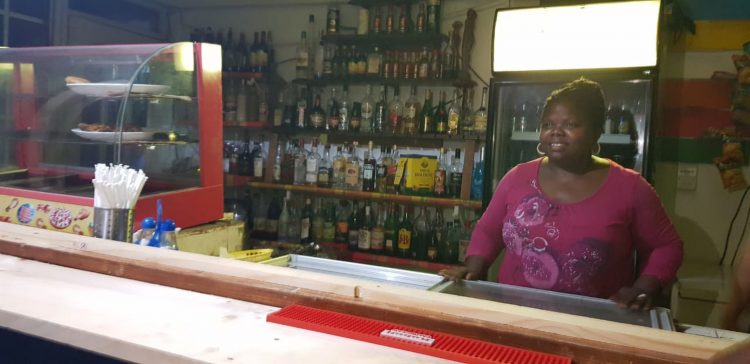
which was affected by Hurricane Maria.
Sharplis said she could remember running around her home securing items between 11 pm to 3 am while the hurricane hammered the island.
“Maria was the most horrible experience I ever had. I will never forget when I went downstairs to secure some stuff and I saw these big waves coming at me. I had to run,” Sharplis said.
She added that her husband was in Portsmouth and a door slammed on his feet. He had to be flown to Guadeloupe for medical treatment.
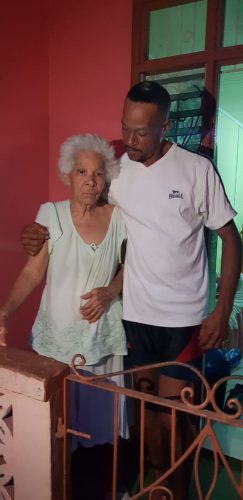
Sharplis said many people refused to be relocated before Maria and after the hurricane passed, their bodies were never found. With an active hurricane season in the forecast, Sharplis said she was better prepared this year.
Another Dominican, Justine Earoe, 82, who survived Maria said she was still traumatised two years after the hurricane.
Earoe lost her home when Hurricane Maria devastated the island. She recalled how she prayed to save her son’s life when they tried to escape the tumbling mounds of falling debris and river water which engulfed their home.
“A huge mango tree came tumbling down from the mountain and all kinds of crops and boulders were coming at us. I told my son leave me here and go save your life but he said he is not leaving me,” she recalled.
While fleeing, Earoe said she placed her head on her son’s shoulder and told him to come closer so they could die together but he lifted her on his back and bravely made his way out of the house while the force of the nearby river consumed everything they owned. She said her property was gone but Prime Minister Roosevelt Skerrit was building a new home for her and was paying her rent until she could relocate.
Lillian Theophil, of Granbay South, said Hurricane Maria had prepared them for the worst.
“It was like a demon had come into our island and everything we had was gone,” she said.
Theophil said they got more opportunities after Maria.
“More people knew about our island and they offered us more opportunities. People started to invest here and we got more jobs with the rebuilding,” she added.
There are over 70,000 people living in Dominica and since Maria, tourist arrivals have gone back to pre-Maria levels.
Other islands must prepare
Isaac in an interview with Guardian Media other Caribbean islands must use the experience of Hurricane Maria to prepare for the 2019 hurricane season.
He recommended that hurricane centres be established across all countries.
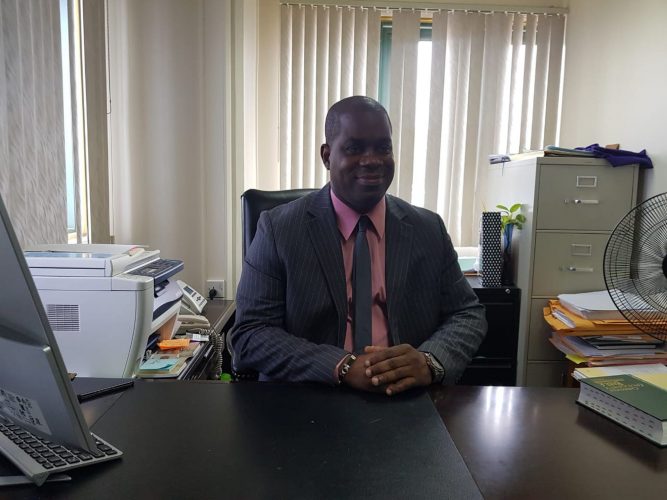
“Certain critical pieces of equipment in hospitals should be upgraded so they could be powered by solar energy so that in the event of a power cut, people will not die. The key thing is preparation at the grassroots level because when a hurricane strikes it is those communities that are affected, “ Isaac said.
He added that basic resources must be provided to the people in the communities. “The community needs to mobilise before a hurricane and you need certain pieces of equipment in place throughout the islands so that if a hurricane strikes, you will be able to clear rivers, drains and move debris,” he said.
He also said that at the household level people must begin getting ready as well.
“Medical facilities must also prepare using solar energy so that dialysis equipment can be powered.”
He said after Maria, the Dominican Government put in place a National Disaster Plan in place.
“Society must be hyped about preparation for hurricanes,” noting that the psycho-social impact after the hurricane was critical.
Expressing thanks to the international community for assisting Dominica during its time of need, Isaac said his government was willing to assist the T&T government with hurricane readiness.
He explained that before Maria struck, there were over 75,000 visitors per year in Dominica but after the hurricane, tourism declined. In 2019, visitor arrivals went back up to 70,000.
Isaac noted that Dominica was now on a quest to plant one million trees by 2021. He explained that 5,000 hurricane resilient homes are also being built.
